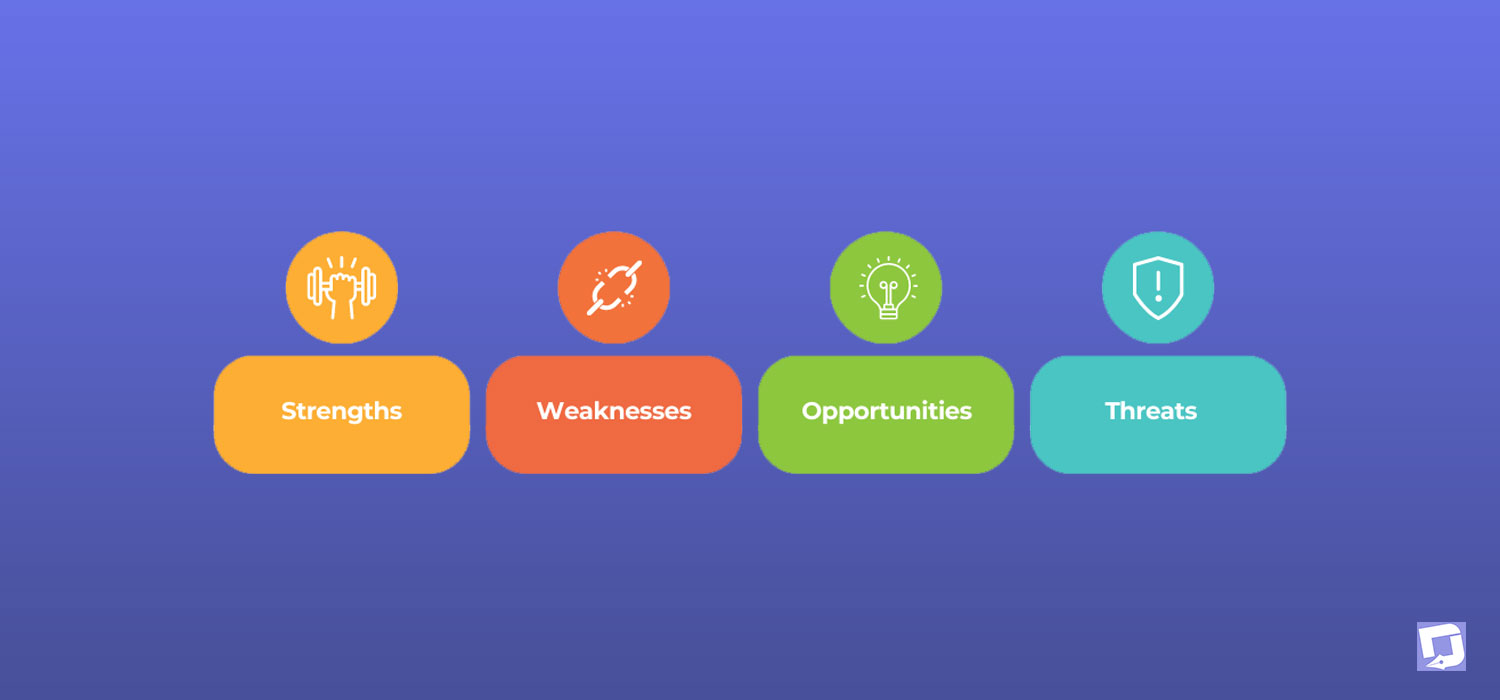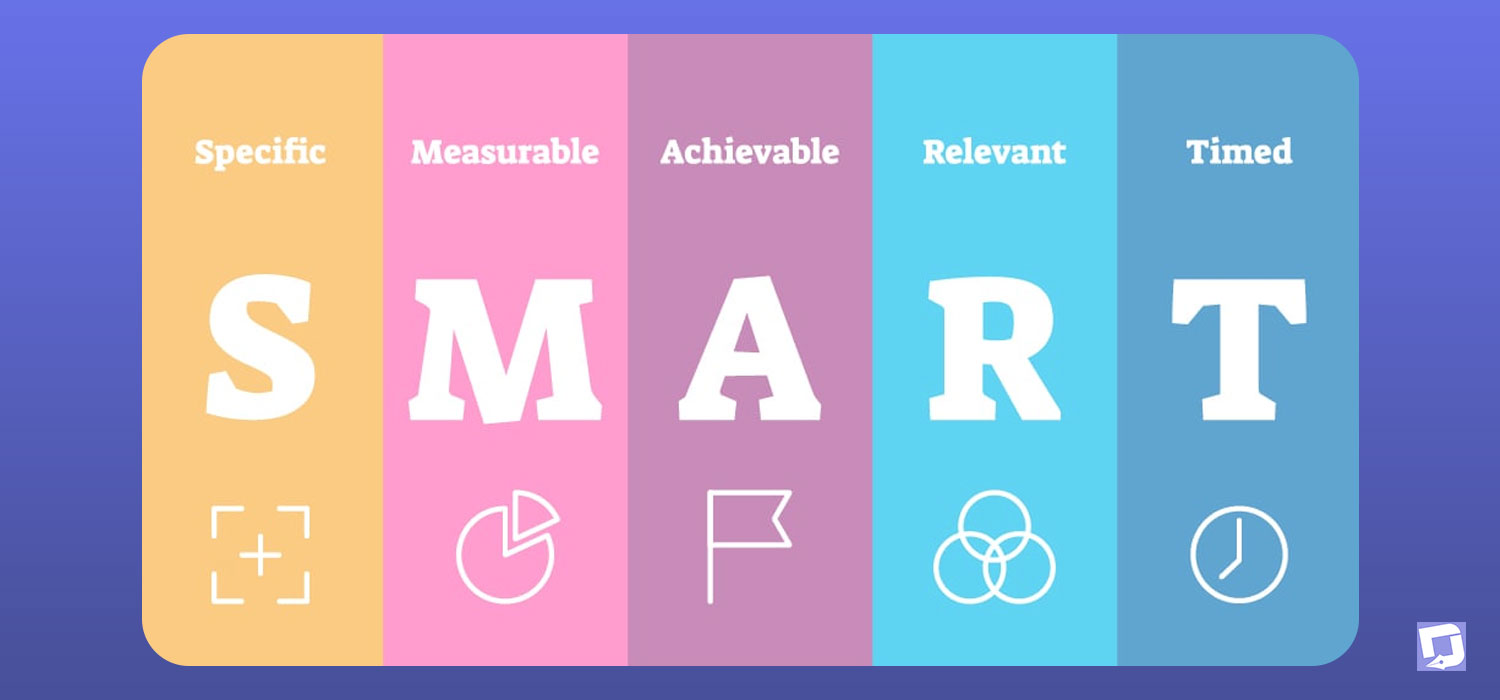Creating a personal development plan (PDP) is essential for self-improvement, helping you set clear goals, track progress, and reach your full potential. It’s a structured way to reflect on where you are now, where you want to be, and what actions you’ll need to take to get there. In this step-by-step guide, we’ll break down the key stages involved in building an effective personal development plan.
Step 1: Self-Assessment
Before you can start planning for your future, it’s crucial to take a step back and evaluate your current position. This stage involves reflecting on both your strengths and weaknesses and understanding areas for growth.
- Strengths: Consider what skills or traits you excel in. Are you a good communicator? Do you have strong analytical skills?
- Weaknesses: Identify areas that need improvement. This could be anything from time management to technical skills.
- Opportunities: Think about external opportunities that could help you grow, like new projects, courses, or mentorship.
- Threats: Consider potential challenges or obstacles that could prevent you from achieving your goals, like limited resources or a lack of experience in a particular area.

Step 2: Define Clear Goals
Once you’ve completed your self-assessment, the next step is to set clear, specific goals for your personal and professional growth. Use the SMART criteria to create well-defined goals:
- Specific: Be as clear as possible about what you want to achieve.
- Measurable: Make sure there’s a way to track your progress.
- Achievable: Set realistic goals that are within reach but still challenging.
- Relevant: Ensure that your goals align with your broader objectives.
- Time-Bound: Set deadlines for when you aim to achieve each goal.

For example, instead of saying, “I want to improve my presentation skills,” you could set a SMART goal like: “I will attend a public speaking course and give three presentations by the end of the year to improve my presentation skills.”
Step 3: Prioritize Your Goals
Not all goals carry the same weight, and trying to accomplish too many things at once can lead to burnout. Prioritize your goals by focusing on the ones that have the most significant impact on your personal and professional development.
Start by ranking your goals based on their importance, urgency, and potential impact. This will help you focus your energy on high-priority goals first and tackle others once you have the capacity.

Step 4: Develop an Action Plan
With your goals set, the next step is to create an actionable plan for achieving them. Break down each goal into smaller tasks or milestones. This approach helps make the process more manageable and allows you to track your progress incrementally.
For each goal, answer the following:
- What specific actions will you take?
- What resources do you need (e.g., books, tools, mentorship)?
- What timeline do you need to stick to?
For example, if your goal is to improve leadership skills, your action steps might include enrolling in a leadership course, seeking mentorship from a senior leader, and practicing leadership in team settings.

Step 5: Identify Resources and Support
It’s essential to have the right resources to support your development. This might include educational materials, professional courses, or even networking with experts in your field.
- Learning Materials: Books, articles, podcasts, or webinars that provide insight into your areas of growth.
- Mentorship: Finding a mentor can give you guidance and feedback on your progress.
- Training and Workshops: Formal education or online courses can help you acquire the necessary skills to meet your goals.
Make a list of the resources and support you’ll need, and ensure that they’re accessible as you move through your development plan.
Step 6: Set Deadlines and Milestones
Goals without deadlines can easily fall by the wayside. Set realistic deadlines for each of your goals and associated tasks to stay on track. This will create a sense of accountability and urgency.
Additionally, establish milestones for larger goals. Milestones serve as checkpoints that help you assess your progress and make adjustments as needed. For example, if your goal is to launch a blog, milestones could include brainstorming topics, creating content, and setting up the website.

Step 7: Regularly Review and Adjust Your Plan
Personal development is an ongoing process, and your PDP should be a dynamic document that evolves over time. Schedule regular check-ins (monthly, quarterly, or bi-annually) to review your progress.
Ask yourself:
- Have I achieved my short-term goals?
- Do I need to adjust any timelines or action steps?
- Have new opportunities or challenges emerged that affect my plan?
By reviewing and refining your personal development plan regularly, you can ensure that it remains relevant and aligned with your long-term objectives.
Step 8: Celebrate Your Successes
As you progress toward your goals, take time to celebrate your achievements, both big and small. Recognizing your efforts and success will keep you motivated and reinforce the positive changes you’re making.
Celebration doesn’t need to be extravagant—it could be as simple as treating yourself to something special or acknowledging your success in your journal. The key is to reflect on how far you’ve come.

Conclusion
Building a personal development plan is about more than just setting goals—it’s about creating a road map for personal and professional growth. By assessing your current strengths and areas for improvement, setting SMART goals, and developing a detailed action plan, you’ll position yourself to achieve meaningful progress. Regular review and adjustment, combined with celebrating your wins along the way, will ensure that your development remains on track and adaptable to life’s changes.
Take the first step today by setting aside time to reflect on your aspirations, and start building a personal development plan that empowers you to reach your fullest potential.












